Today, over 33 percent of America gets less than 6 hours of sleep, which throws your blood sugar and insulin levels out of whack, ramps up cravings, and shoots your cortisol stress levels through the roof. No wonder you’re tired.
One of the most common complaints from clients is fatigue. Practicing in a busy downtown clinic in a major city means I see a lot of Type A clients constantly on the go from work and play.
Whether it’s trouble getting out of bed in the morning without hitting snooze three times, struggling through afternoon energy crashes or not getting to bed early enough, sleep has a major impact on mental and physical health (and performance). [tweet_quote] We sleep less than our grandparents’ generation, and we’re constantly stimulated by connectivity. We’re overtaxed! [/tweet_quote]
The average person today gets 1.5-2.0 hours less sleep than our grandparents’ generation, and when you combine that with the constant stimulation of mobile devices and connectivity, our brains and bodies are generally overtaxed and under-recovered. (1) Before you add more “siestas” into your day, you need to understand how sleep works to maximize your naps.
Do you wake up feeling tired and restless? If you need an easy way to catch more ZZZ’s, get our FREE sleep guide to naturally reboot your circadian rhythm.
Click here to get it!
What Is a Sleep Cycle?
There are two main types of sleep: rapid eye movement (REM) and non-rapid eye movement (non-REM), which are separated into four stages. You can think of REM as “active” sleep and non-REM as “quiet” sleep.
In Stage 1 (non-REM), you’re settling down to rest and you drift in and out of sleep. This period lasts 5-10 minutes, during which the brain produces theta waves that slow brain activity. It’s the period between wakefulness and sleep. (If someone woke you up at this point, you would probably say you weren’t even asleep.)
In Stage 2 (non-REM), your body temperature drops and your heart and breath rate become more regular. Ironically, your brain produces small bursts of activity in preparation for deeper sleep phases. You spend about 20 minutes in this phase.
Stage 3 (non-REM) is when slow delta brain waves kick in, your muscles relax, blood pressure drops, and you transition from light to deep sleep. This is your deepest sleep, when your body really starts repairing and rebuilding your muscles, memory, immunity, hormones, nervous system, etc. It’s like taking your car into the mechanic: deep sleep tunes-up the body so it’s running on all cylinders. [tweet_quote]Stage 3 sleep is the deepest, restoring your body’s muscles, memory and immune system.[/tweet_quote]
In Stage 4, you enter REM sleep and your body becomes extremely relaxed (in fact, paralyzed) and your brain more active. Rapid eye movement begins in this stage (thus the REM acronym), as well as your dreams. Most people spend about 20% of their sleep in REM.
Your body rolls through all of these stages every 90 minutes, but they don’t happen in sequence. You start off in stage 1, then progress to stages 2 and 3 before your body reverts back into stage 2. This cycle occurs multiple times before you hit REM sleep, about every 90 minutes.
Benefits of Napping
Adding naps into your routine can provide numerous health benefits. Remember, a nap is usually only light sleep (20-60 minutes in phase 1-3) or one sleep cycle (90 minutes), whereas in deep sleep overnight, your body will roll through multiple cycles. Check out the of benefits of napping below:
1. Naps Improve Brain Function
Napping is the ultimate brain-hack. Research shows even a 5-15 minute nap can significantly improve cognitive function for the next 1-3 hours, something most of us can really use during that afternoon slump. (2)
2. Naps Prevent Weight Gain
If you don’t get enough sleep time at night, you’re over 50% more likely to be obese. (3) That’s no joke. If you know you aren’t getting to bed early enough at night, make time to decompress during the day to maintain a healthy body composition. The extra sleep and recovery from a midday nap can help mitigate these effects.
3. Naps Support Athletic Performance
Not getting enough sleep is also a performance killer. The American Academy of Sleep Medicine recently found that sleep restriction reduced maximal aerobic power, energy expenditure and time to exhaustion in athletes. (4) It’s no wonder elite athletes nap so often!
4. Naps Improve Immune Defenses
If you get less than six hours of sleep nightly, you’re at 4.5x greater risk of catching a cold or flu. (5) This is one of the reasons why you get sick when you’re trying to hit a deadline and burning the midnight oil (at the expense of sleep) or when you’re a new parent who is constantly waking up throughout the night to comfort or feed your baby. Napping can help offset this effect and increase immune function.
5. Naps Can Boost Your Memory
Pre-school kids do this as part of their daily routine, and now the research shows it helps to improve memory consolidation. That’s right, a 30-minute nap within four hours of a learning task significantly improves memory; increasing this to 45-60 minutes for adults could make your memory five times more effective. (6) We always think doing “more” is the answer, but this research highlights that taking the time to rest will increase your efficiency.
6. Naps Improve Resiliency from Travel
If you travel for work and fly across multiple time zones, it deeply impacts your body’s circadian hormone output, significantly raising cortisol and adrenaline stress hormones and reducing sleep quality. (7) Naps help build resiliency by increasing the amount of time you spend in parasympathetic “rest and digest” mode.
7. Naps Lower Blood Pressure
If you’re always on the go, regularly drinking caffeine, or in poor health, you may have high blood pressure. Studies show that taking a regular afternoon nap is inversely associated with heart attacks. (8) Another great reason to make time for a siesta.
How Long Should You Nap?
Your body runs on a 24-hour biological clock, known as your circadian rhythm. This rhythm peaks in the morning (to wake you up) and falls in the evening (to prepare you for sleep). It also bottoms out a little in the afternoon, one of the reasons we all feel a little fatigue around then. During this 24-hour cycle, we have two periods of intense dips: one between 2am to 4am, and the other approximately 10 hours later. If you wake up earlier, this afternoon dip will be more towards 1-2pm, while if you start your day a bit later, it may be anytime between 2-4 pm. It’s important not to nap too close to bedtime, as this will shift your circadian rhythm and you’ll struggle to fall asleep.
[tweet_quote] The early afternoon is the best time to nap. If you sleep too close to bedtime, it’ll shift your circadian rhythm. [/tweet_quote]
The duration and timing of your nap are important factors to consider. If the timing of your nap is off, you’ll likely wake up tired, groggy and disoriented (not the effects you were likely aiming for). Below are three napping strategies that can help boost your mental and physical performance. Use the one that works best for you.
The Desk Worker’s Nap
If you work at a desk all day, it’s not easy to carve out 60 or 90 minutes to nap during the day. The “desk worker’s” nap is only 15-20 minutes in stage 2 sleep, but helps to quickly recharge your brain to boost cognitive function. Aim for anytime between 2pm and 4pm.
The Entrepreneur’s Nap
If you work for yourself or set your own hours, it’s possible to carve out a longer stretch for napping during the day. Business owners usually work really long days, so getting a full 60 minutes allows you to get into stage 3 sleep and consolidate better memory. Again, aim for between 2pm and 4pm.
The Athlete’s Nap
If you’re training intensely, your body will benefit from a full 90-minute sleep cycle (with REM sleep) to maximize recovery from training. This type of sleep enhances nervous system and muscular repair, as well as boosting creativity (for the artist types who want to take advantage too!). Athletes normally perform two-a-day training, so the nap may be a bit earlier, between 1pm and 2pm, to allow time before the afternoon training session.
We are busier today that we’ve ever been, and sleep usually takes a back seat when you’re pressed for time. Reboot your mental and physical performance by adding a daily nap into your routine. It’s an incredible health hack that can supercharge your brain and body so they can keep up with your hectic pace.
Watch the Video Below!
(Read This Next: The 10-Minute Yoga Routine for Perfect Sleep)


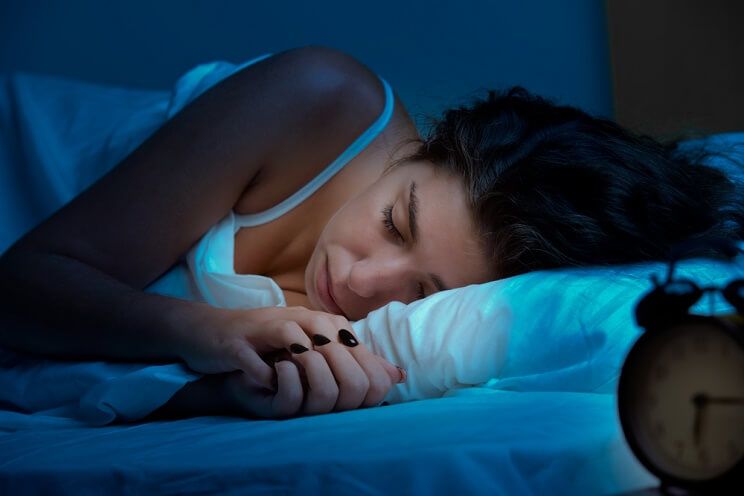

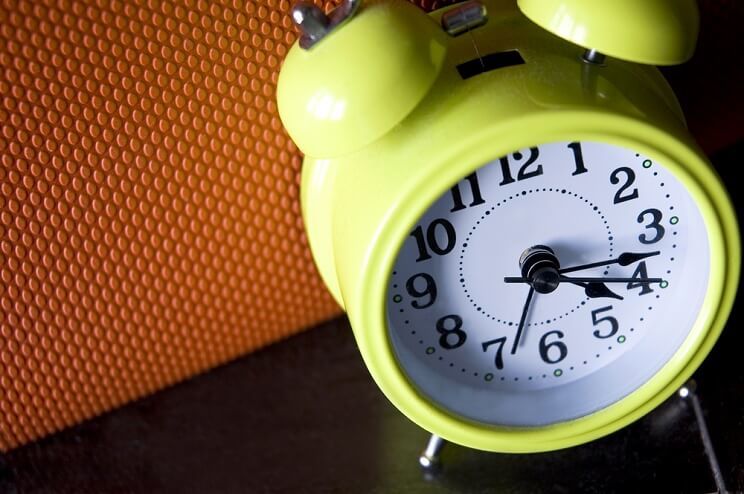


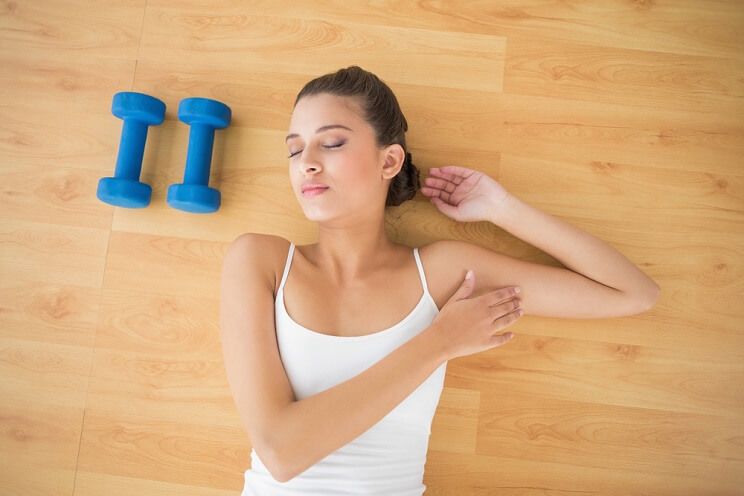
 Relaxation Techniques to De-Stress Your Mind and Body
Relaxation Techniques to De-Stress Your Mind and Body

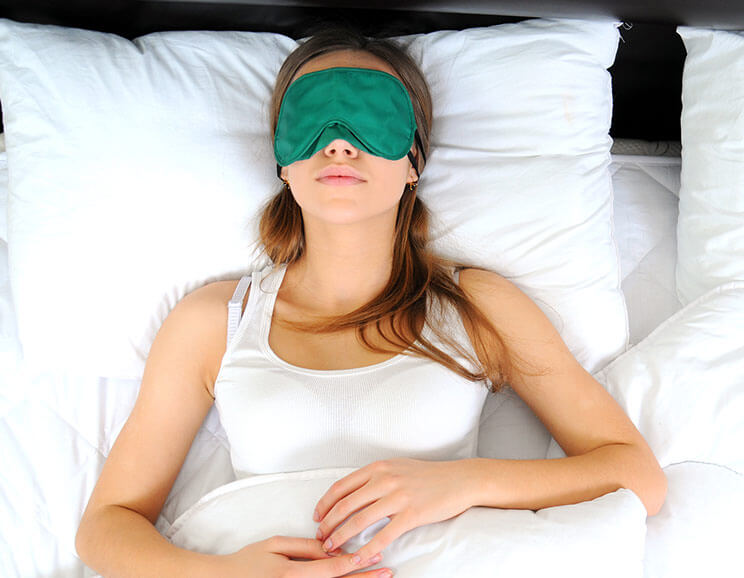

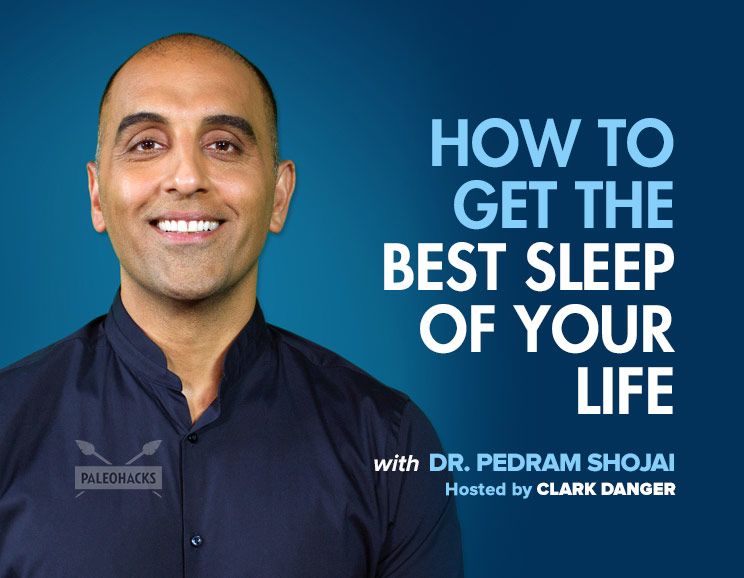


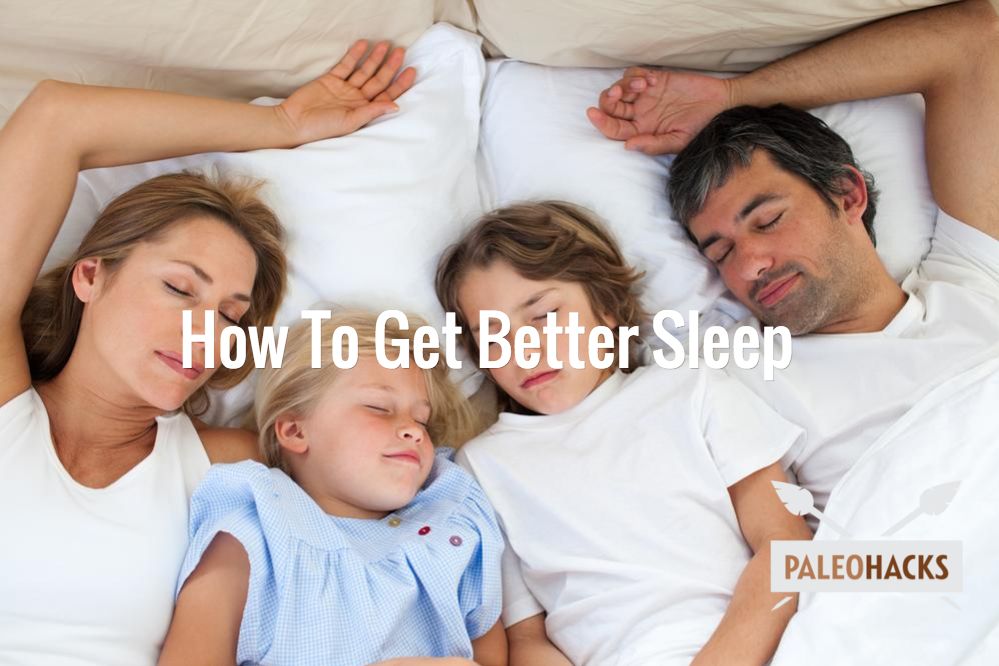
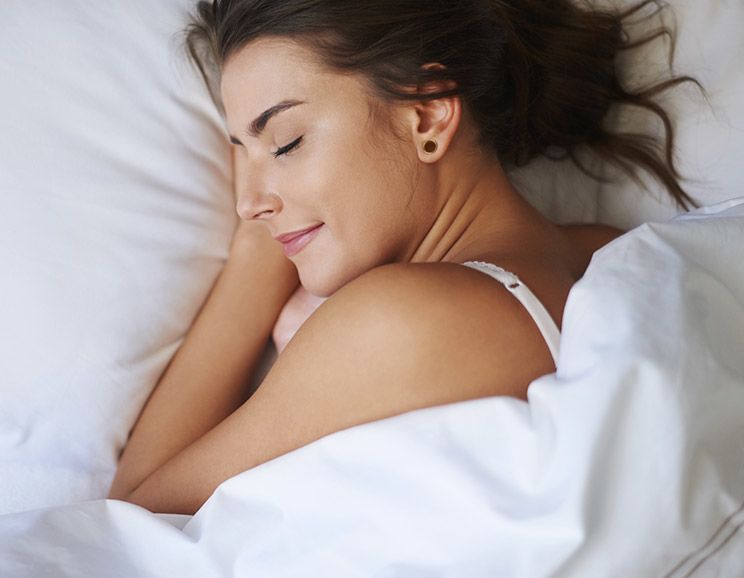

Show Comments